Things to come - Movie review
A classic way ahead of its time.

Being called the first true science-fiction movie of the sound era, H.G. Wells Things to Come covers a full century of events, where man walked hand in hand with machines to forge the foundations of a new world. The whole movie is based on 1933 novel "The Shape of Things to Come" by H.G Wells, that novel was the main source being Wells himself the writer of the screenplay. It came out on the verge of the Nazi’s overtake of power, reflecting the fears of many that could see the troubled times ahead. On the screenplay, we see the world on war for more than 30 years, leaving humankind in a primitive state, curse by a terrible disease that clouded the future of a whole generation. His vision arrives to 2036 BC, questioning the very core of human society.
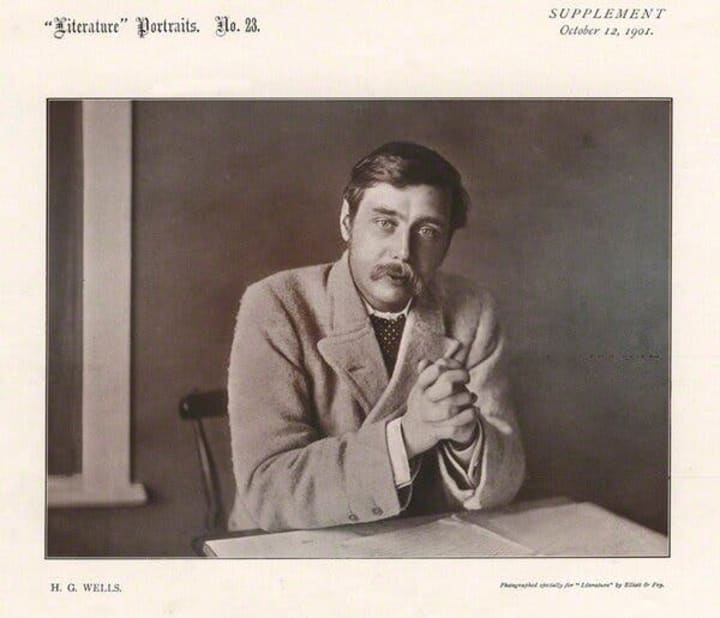
This film works as a pivotal point in movie history, being incredibly prophetic about the dark times that where just around the corner. It showed the destruction of entire towns by aerial bombing, the gloomy vision of a global war that occur just a few years after its release. The path was clear for a true science-fiction movie in the real sense of the word, the world was actually eager to see this kind of content. It was considered the most expensive British film to its date, and nothing compares to it in Britain until Stanley Kubrick and Arthur C. Clark brought 2011 An Space Odyssey.
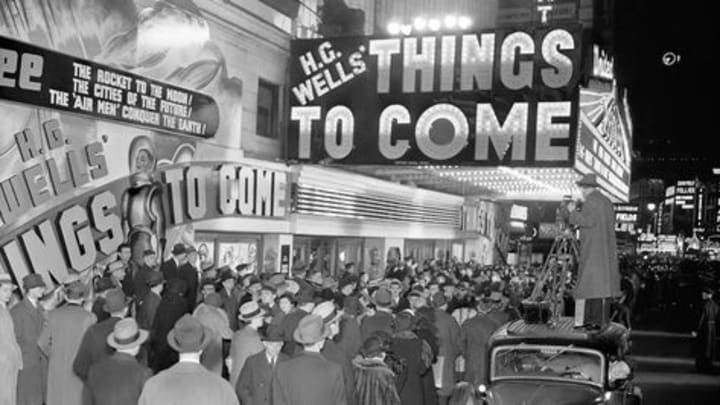
On H.G.Wells Things to Come, he had the opportunity of spread his ideas of a “Scientific Socialism”, leaving the audience counterforce between modern warfare, demagogy, and traditionalism. Pictured first in the eyes of the "Warlord" and then in the "Artisan" way of thinking, both molded reality for most part of the old way of thinking. Only the "Technocrats" stand in the way of social and moral chaos.
It was 1934 when author H.G.Wells found a producer that could take care of his play and give to it the right treatment according to his vision, Alexander Korda took commission on that work, and allied with William Cameron Menziers shock the world with their vision of the future.
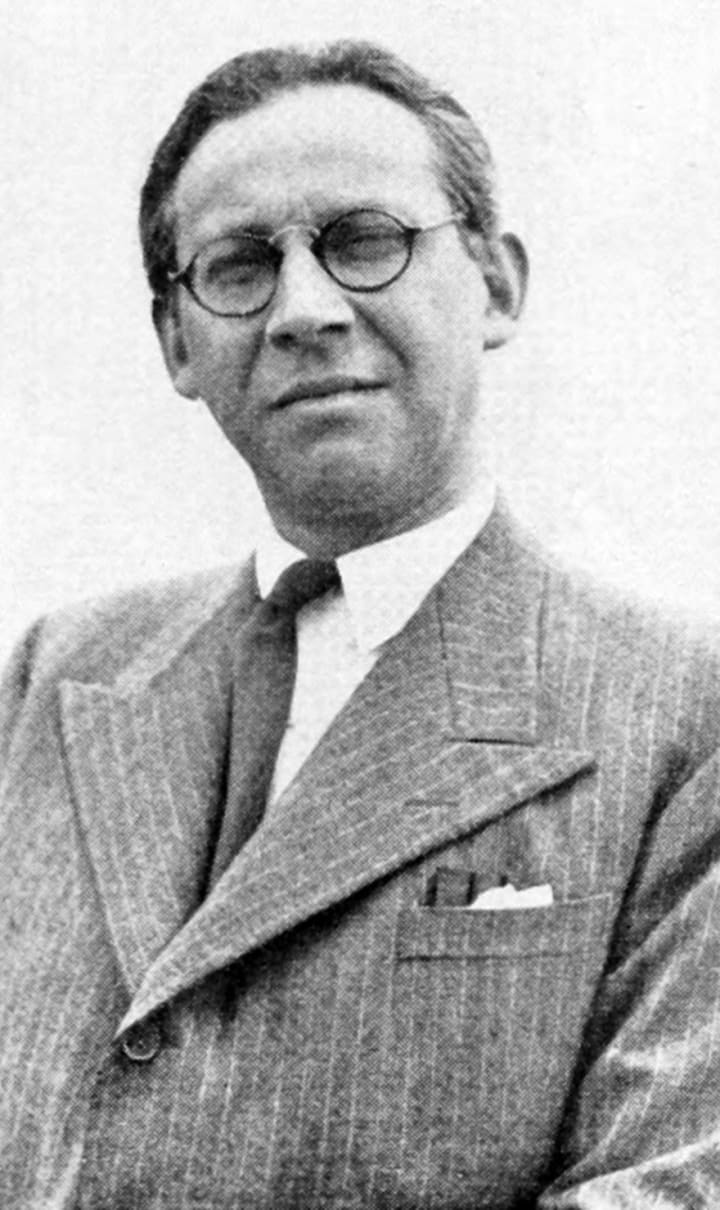
What stands out about this production is the fact that there's a before and after this piece of work. Music score is the brainchild of the famous composer Arthur Bliss. H.G.Wells wanted the score to be written in advance so the music and the images could flow as an unity. Those things at that time where new to the people working on the industry. A consolidated composer and conductor working hand in hand with directors and writers of the screenplay. From then on, music in films took a whole new perspective, it was the first of things to come (no pun intended).

II. THE DESTRUCTION OF CIVILIZATION.
One of the many things that stands out of this work is the exquisite use of music to capture the audience attention, one example would be the destruction of civilization. On this scene, we see the city being torn into pieces by aerial warfare, (sadly England would live a similar fate in just a few years), scary to be one of those that saw the movie when it came out and be on the sidewalk of their bombed hometowns after German aerial attacks. Music swells with violins to create the progression of an infinitive conflict. The use of low angled cameras brings the action to be seem even more threatening, Menziers masterfully used a mix of high/low angles to present a true impression of chaos.
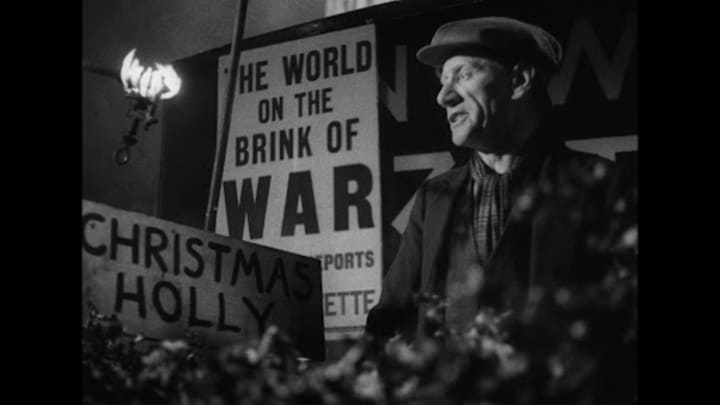
At the beginning, we see a father that bits farewell to his son, We see in camera the innocence of those who don’t know the real scope of World War. The boys marches on in a joyful way, using his case as a drum, but the non-diegetic sound is the real sound of the marching band, matching the mise-en-scene so perfectly. This sequence is filmed in a pure German expressionism stile, gloomy, full of shadows. The montage with the strong and violent images of the troops marching as the bombs began to fall over the quiet town of Everytown is a real remarkable statement. Showing its ambiguity with the name, it could be your town under attract, that’s what make the destruction of civilization so powerful. Other powerful visual statement is the fact that the first building to be bombed is the town movie theater, bringing the audience into the action from the start, it’s happening right in front of our eyes.

The bombing continues, we see the population disappear, as the sound of explosions take over, the speed of the war montage began to slow down, showing more and more the aftermath, the real face of war and death. The mise-en-scene brings bodies lying of the floor besides the debris of the fallen city. We see is the ruins of the cinema we once saw. What a powerful way to show the audience that there's no way to escape our fate.
H.G.Wells makes you go through a series of images to show the passage of time. On the titles, we see how they appear destroyed by the raw cruelty of the conflict. The director make us feel that human nature lost. We see less people, rotten corpses lying sparsely to point out the loss of empathy for each other , our world is doomed. The fact that we don’t see the agents of death, strengthens the idea that humankind has loss his humanity for once and for all.
The war left the population in a state of despair, bringing all those years of innovation and progress to halt. A new illness called "The Wandering Disease" plus the lack of food and gas depicts true hopelessness towards our future. The totalitarian state ruled by the Warlord and his retrograded ways keeps adding more discontent to a population guided by fear and hunger.

III. THE CONSTRUCTION OF CIVILIZATION
For this particular sequence, the montage is focused on the people that makes this a reality. Starts with an establishing shot of the annihilated city and a very organic landscape, it speaks of rebirth, new possibilities. Machines carve rocks to give place to the cities of the future, it’s a metaphor of how we as humans need to dig deep to change what’s wrong now. The montage shows endeavor, commitment, new ways of doing things. Finally humankind using creativity to pursuit a higher goal.
Here again the music makes an important statement, the score was written first, the images cut to fit, giving each one of us that sense of achievement and joy. Patterns and lines come together, people get in and out of shot, abstract images built a bridge to connect and show the works of the mind.

IV. THE CITY OF TOMORROW
When work is done, we see the same mountain where Evertown was built, but now, carved in stone underneath it’s the new city. Humanity finally understood, the new city is there in all its splendor. We are finally in harmony with the environment.
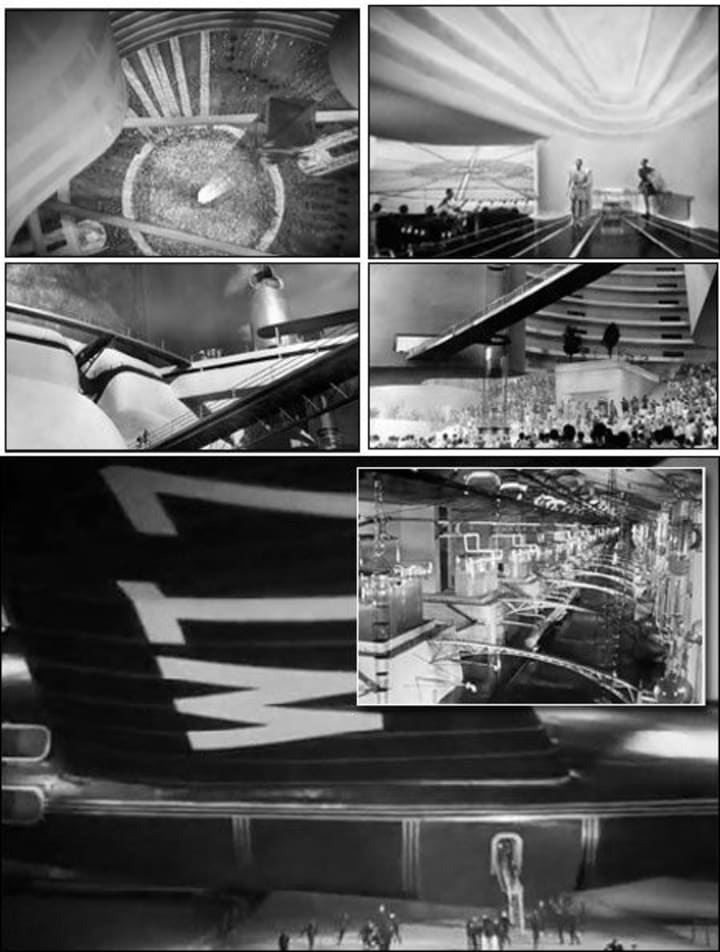
We arrive to the year 2036, with spectacular visual Menziers show us the real city of the future, he worked on every detail to let the audience feel the change. Alexander Kordas and his brother Vincent Kordas are responsible of the stunning landscapes, making a true statement of the futuristic city of tomorrow, art deco furniture and Lang’s work on Metropolis influenced the overall look of pieces found in Everytown.
On this epic movie called Things to Come by H.G. Wells, we explore 100 years of history with such realism. According to H.G.Wells, realism was not well achieved by another great science fiction movie of his time, the loved Metropolis by Frits Lang. On Metropolis we see a world touched by technological changes and political revolution. On Things to come we have a rigorously historical approach, taking an almost prophetic viewpoint of the events that will occur in London only four years from its release. I can only wonder how people must feel when they saw in real life what was shown on this movie, imagine the despair of the London population when that imminent threat was over their heads, with no hope in sight. The montage of the destruction of civilization looks so accurate, so real, so human, it’s hard not to be touched by it. The message from H. G. Wells is clear, we need to use technology to take us further, not to be slaved by it.
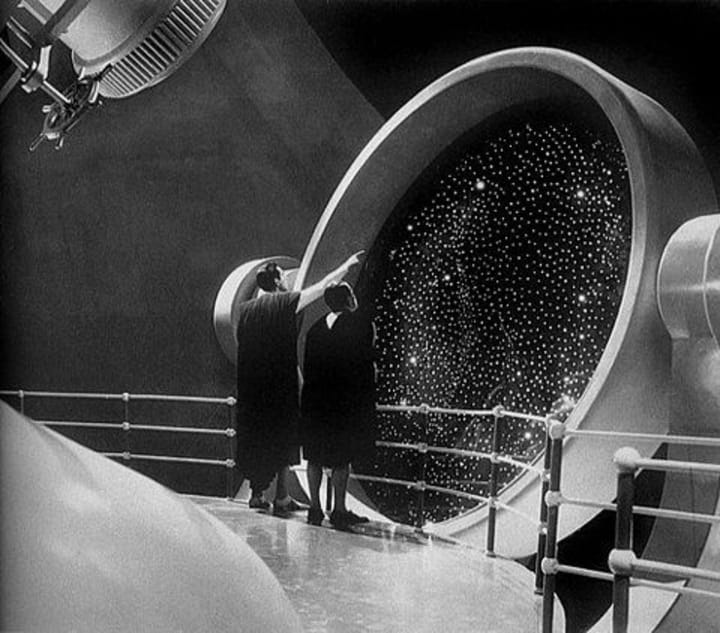

REFERENCES
Sanders, John. "Things to Come." The Film Genre Book. Leighton Buzzard: Auteur, 2009. 147-52. Print.
Schneider, Steven Jay. "Things to Come." 1001 Movies You Must See before You Die. Place of Publication Not Identified: Cassell Illustrated, 2003. N. pag. Print.
Thompson, Kristin, and David Bordwell. Film History: An Introduction. New York: McGraw-Hill, 1994. Print.
Things to Come. Dir. William Cameron Menziers. Prod. Alexander Kordas Kordas. By H. G. Wells. Distributed by Festival Films, 1936.
About the Creator
Giovanni Profeta
Swimming through life one stroke at a time.






Comments
There are no comments for this story
Be the first to respond and start the conversation.